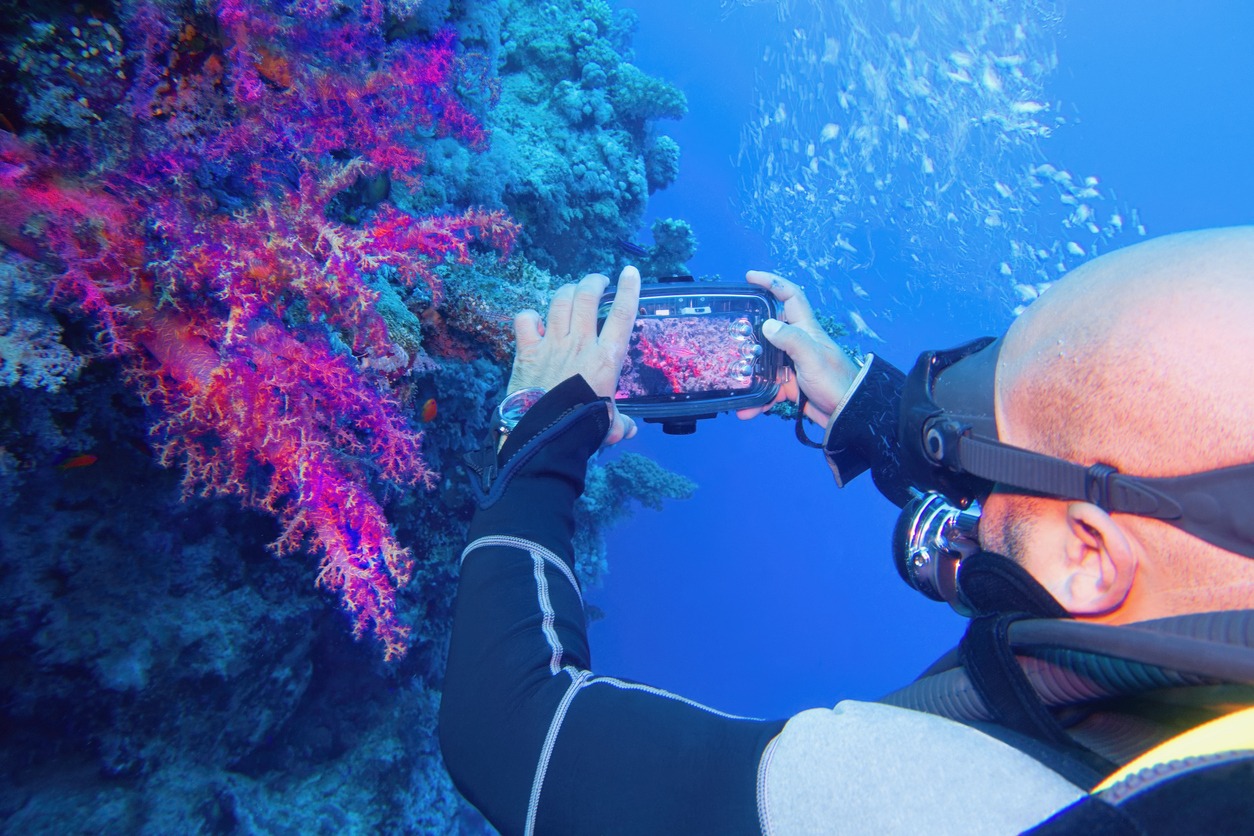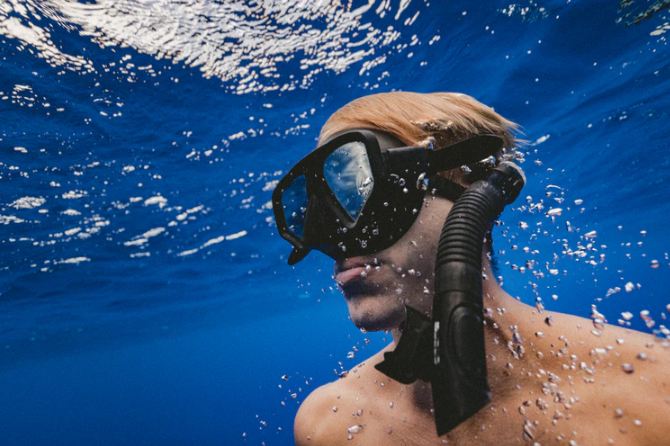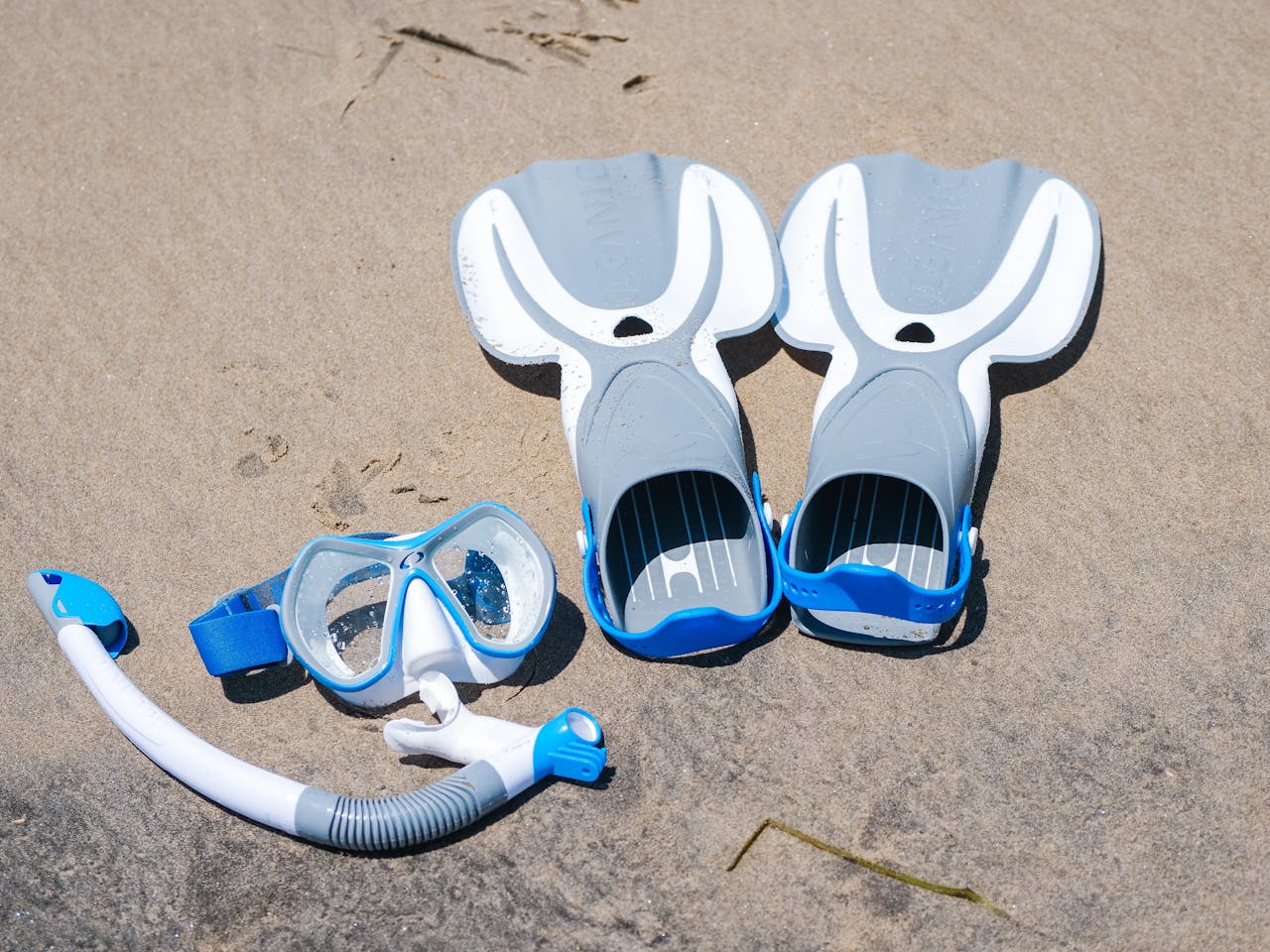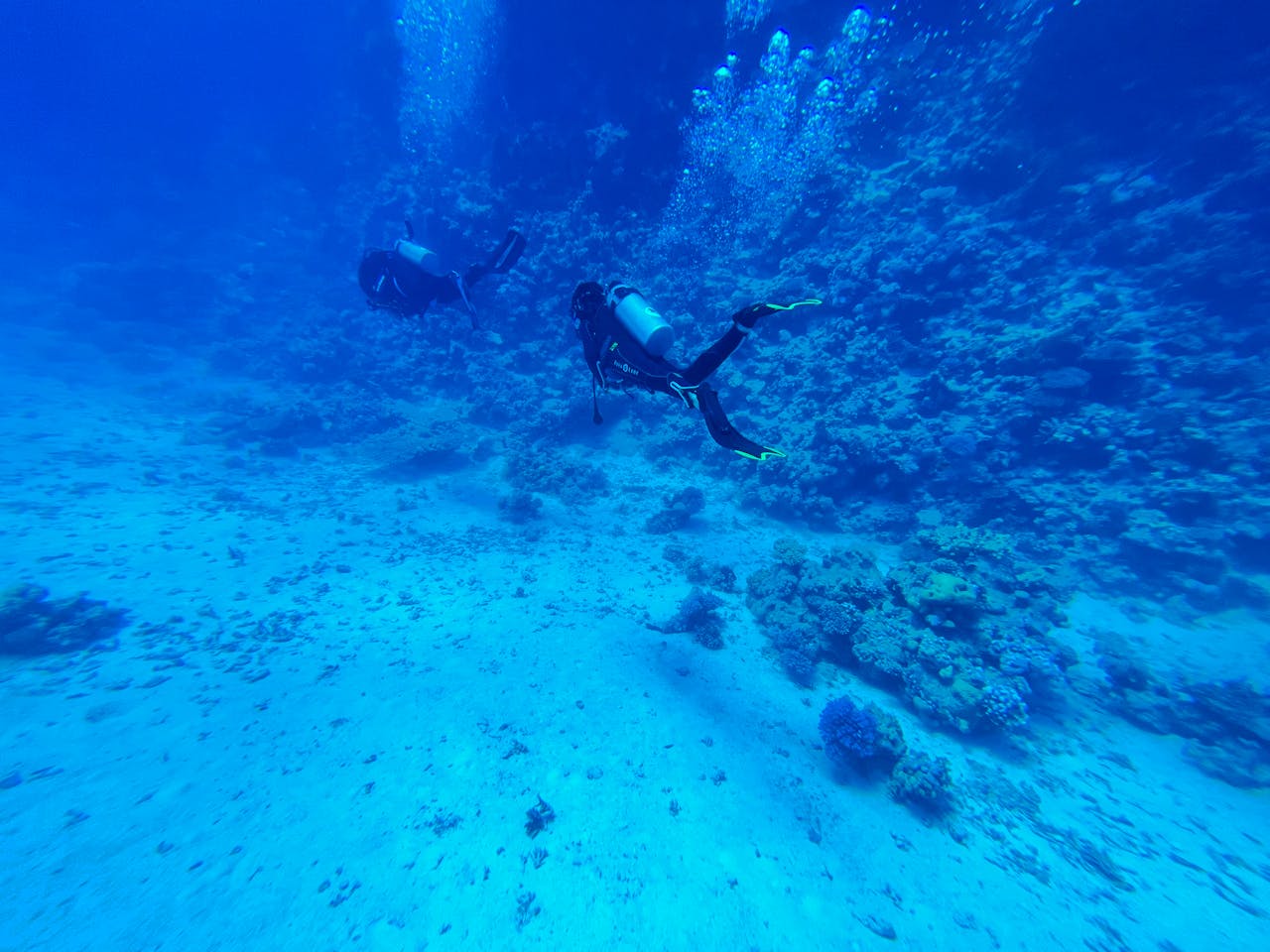How to Snorkel Like a Pro: Tips for Your Next Underwater Adventure
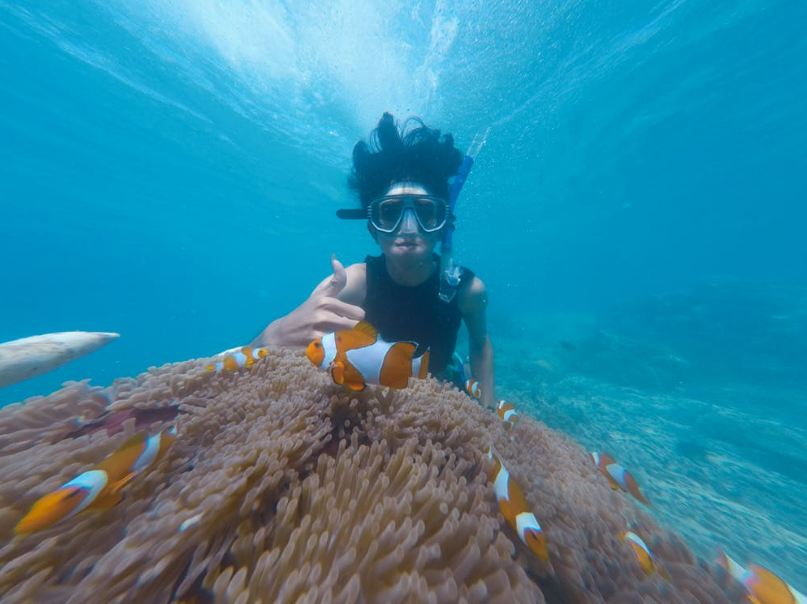
To snorkel like a pro, start with the right gear: a well-fitting mask, snorkel, and fins. Become proficient in proper breathing techniques, including deep diaphragmatic breaths and the Valsalva maneuver for ear pressure equalization. Choose calm, clear waters with abundant marine life for your expedition. Prioritize safety by checking weather conditions, using a flotation device, and snorkeling with a companion. Respect the underwater ecosystem by moving carefully, observing from a distance, and using reef-safe sunscreen. With these tips, you'll be well on your way to an unforgettable underwater experience. Immerse yourself in each aspect to truly enhance your snorkeling skills.
Essential Snorkeling Equipment
The right gear can make or break your snorkeling experience. To snorkel like a pro, you'll need to invest in essential snorkeling equipment. Start with a properly fitting mask, snorkel, and full-foot fins. While renting gear might seem convenient during vacations, owning quality snorkeling gear ensures a better fit and prevents leaks and discomfort.
Your snorkeling mask should create a tight seal around your face, allowing you to breathe easily through your nose while submerged. To maintain clear underwater visibility, apply an anti-fog solution or baby shampoo to the inside of your mask before each use. This simple trick prevents fogging and enhances your underwater viewing experience. Consider trying a split mask with two lenses for more room and better peripheral vision.
Don't forget about fins – they're pivotal for efficient propulsion and energy conservation, allowing you to spend more time in the water. Consider adding a rash guard and snorkeling vest to your kit for extra comfort and safety. A rash guard protects your skin from the sun and potential irritants, while a snorkeling vest provides buoyancy and peace of mind. Choosing paddle fins or split fins can help you swim easier and faster while snorkeling.
Mastering Underwater Breathing Techniques
With the right gear in hand, it's time to focus on your underwater breathing techniques. Mastering proper breathing is crucial for a comfortable and safe snorkeling experience. Start by practicing deep diaphragmatic breathing to maximize your oxygen intake. This technique involves expanding your belly rather than your chest, allowing for fuller breaths.
To equalize pressure and prevent ear discomfort during descent, use the Valsalva maneuver. Simply pinch your nose and gently blow to regulate pressure in your ears. Remember to focus on your breathing throughout your snorkeling session, taking deep breaths to stay calm and relaxed. Children as young as 3 can enjoy and explore the underwater world with proper supervision and guidance.
Plunge into three essential breathing techniques to improve your snorkeling skills:
- Breath-hold practice: Gradually increase your ability to hold your breath underwater
- Slow exhale: Master the art of exhaling slowly while submerged
- Quick inhale: Learn to inhale quickly upon surfacing
It's important to avoid hyperventilation before breath-hold immerses, as it can lead to dangerous situations like shallow water blackouts. Instead, concentrate on taking deep, controlled breaths to enhance your underwater experience and observation of marine life.
Choosing the Perfect Snorkeling Spot
Selecting an ideal snorkeling location is essential for a thrilling underwater odyssey. When choosing the best snorkeling spots, look for areas with calm water and abundant marine life. Coral reefs are often teeming with sea life, offering an unparalleled glimpse into the underwater world.
Research potential snorkeling sites before your trip. Check online forums, guidebooks, and local Scuba Center recommendations to find the most highly-rated locations. Consider factors like water clarity, depth, and accessibility. Some of the world's best snorkeling can be found in tropical destinations, but don't overlook hidden gems closer to home.
Pay attention to ocean water conditions and weather forecasts. Calm seas and good visibility are pivotal for a safe and enjoyable experience. Avoid areas with strong currents or choppy waves, as these can make snorkeling difficult and potentially hazardous.
Safety Precautions for Snorkelers
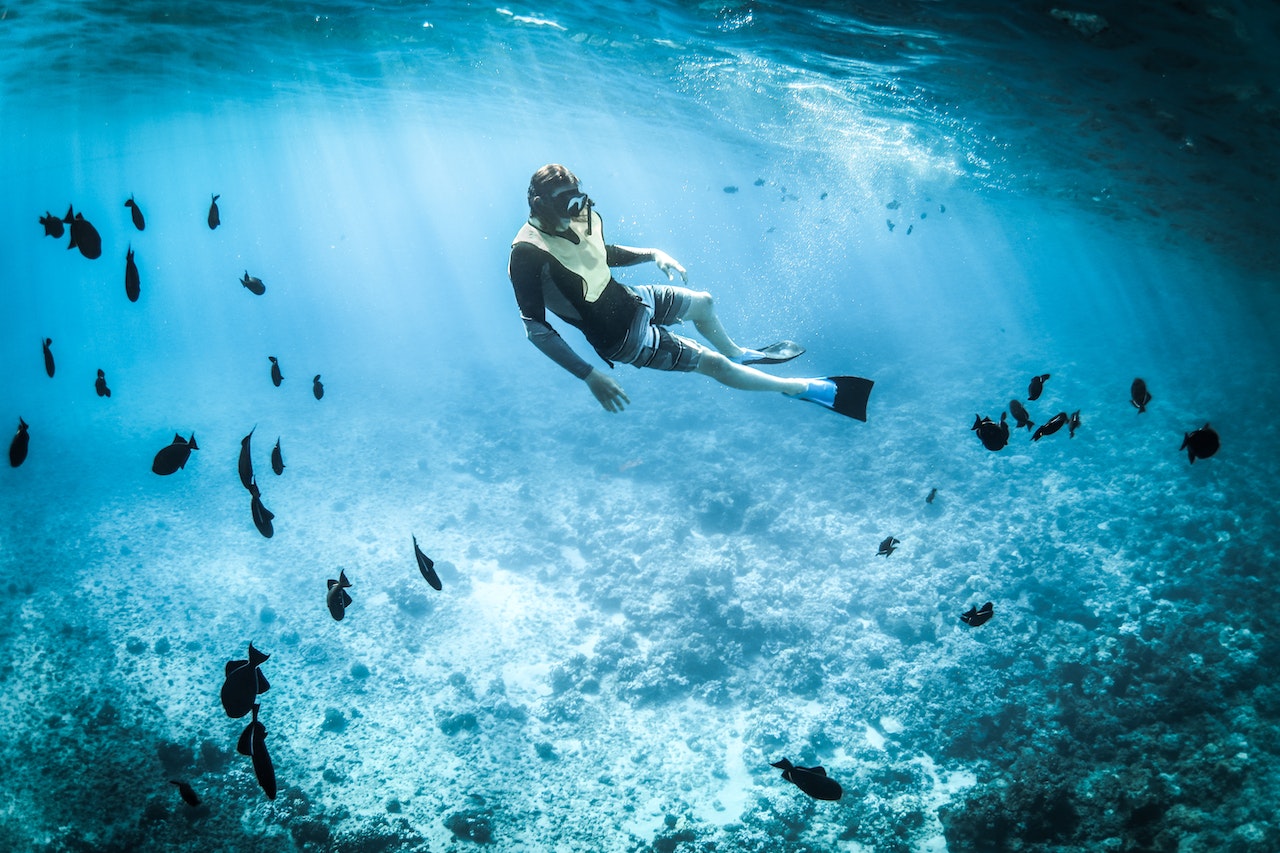
Safety should be your top priority when snorkeling, regardless of your experience level. Before heading out, always Check the weather forecast to guarantee conditions are suitable for your escapade. Even if you're an experienced snorkeler, it's indispensable to wear a properly fitted snorkel mask and use a floatation device to stay safe in the water.
Never snorkel alone; always bring a snorkeling buddy. This certifies someone's watching out for you and can assist if needed. It's always a good idea to take a break periodically, especially if you're feeling tired or cold. Listen to your body and don't push yourself too hard.
- Learn basic hand signals to communicate with your buddy underwater
- Stay aware of your surroundings and watch for boats or other hazards
- Don't touch marine life or coral, as it can be harmful to both you and the ecosystem
Respecting Marine Life While Snorkeling
As you glide through the underwater world, it's essential to remember that you're a guest in the marine ecosystem. To be a good snorkeler, you must respect the delicate balance of this environment. One of the most helpful tips is to move through the water carefully, avoiding contact with coral, fish, and other marine life. Try to avoid touching or disturbing these living creatures, as they can be easily harmed.
To feel comfortable and enjoy your time snorkeling, educate yourself on the local marine species and their behaviors. This knowledge will help you better understand what's happening around you and appreciate the underwater world. Wearing a rash guard not only protects your skin but also minimizes accidental contact with the ecosystem.
As you develop your snorkeling skills, remember to observe marine life from a safe distance. Don't chase or interfere with their natural behaviors. Always follow local regulations and guidelines, especially in protected marine areas. Using reef-safe sunscreen is another way to safeguard the environment. By respecting marine life, you'll guarantee that future generations can enjoy these incredible underwater realms as much as you do.

